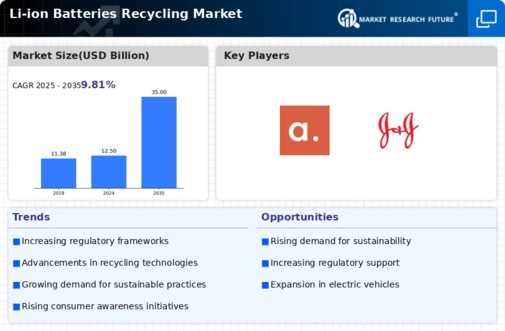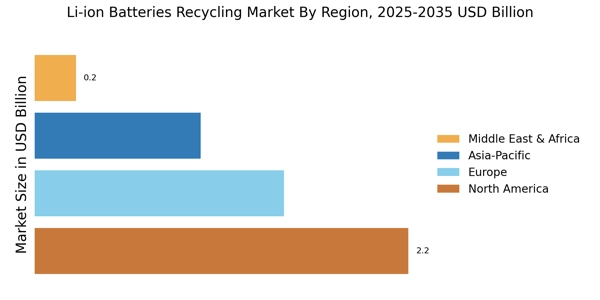17 August 2023: Umicore has developed a proprietary approach to battery recycling that is more effective, efficient, scalable, and sustainable than other techniques and processes. Pioneered in Belgium by our R&D team, this is the inside story of how we developed this market-leading solution. As the use of electric vehicles (EVs) grows exponentially around the world, the need for solutions to recycle end-of-life EV batteries and production scrap is also rapidly accelerating. With more than 15 years’ experience in battery recycling, Umicore is at the forefront of innovative efforts to create an efficient and sustainable battery recycling process.
Increasing production capacity to meet demand, Umicore is gearing up for significant expansion in battery recycling in Europe. It will incorporate proprietary metal extraction technologies, developed by Umicore’s research teams and built by its engineering teams, with the lowest environmental impact and highest yield of recovered critical raw materials and metals.
9 December 2022: ACCUREC will now expand its processing technology to include a recovery plant for lithium from rechargeable devices and electromobility at its Krefeld site. The plant, with a planned initial throughput of 4,000 tons of spent batteries, will be the first in Europe to reach an industrial scale. For about 8 years, Accurec has been dedicated to the challenges of spent Li-ion batteries and has already invested more than €20 million.
Based on several research and implementation projects in cooperation with universities and equipment manufacturers, it will now be possible to recover the resource-critical lithium with about 99% purity as carbonate from the Li-ion batteries in electric vehicles, electronic devices, e-scooters and e-bikes through the in-house developed HydroLiC process.
29 November 2021: Li-Cycle Holdings Corp., an industry leader in lithium-ion battery resource recovery and the leading lithium-ion battery recycler in North America, announced a collaboration with Arrival, a global company that is on a mission to make air clean by replacing all vehicles with affordable electric solutions produced by local micro factories. Through this newly established collaboration, Li-Cycle and Arrival will work together on thought leadership initiatives and R&D efforts to improve lithium-ion battery recycling, while also working together to improve the efficiency of the EV battery supply chain in the U.S. and Europe.
3 August 2020: Project development company Neometals Ltd, based in West Perth, Australia, and SMS group GmbH in Germany have announced the creation of a 50:50 joint venture. The object of this enterprise is the commercialization of joint recycling technology for lithium-ion batteries (LIBs). In this way, valuable materials can be recovered from vehicle batteries and storage batteries for electronic devices using a particularly sustainable process. To achieve this, SMS group is pooling its comprehensive experience in mechanical engineering and services with the process expertise of Neometals.
With Primobius, SMS group is pursuing its consistent strategy of developing new business models as a systems supplier to enable sustainable value chains, among other objectives. Neometals will lend its technical and commercial expertise, including in recycling technology, to the joint venture. SMS group's contribution will be the engineering and construction of commercial recycling facilities. Moreover, SMS group intends to handle the operation and maintenance of the equipment.


















Leave a Comment